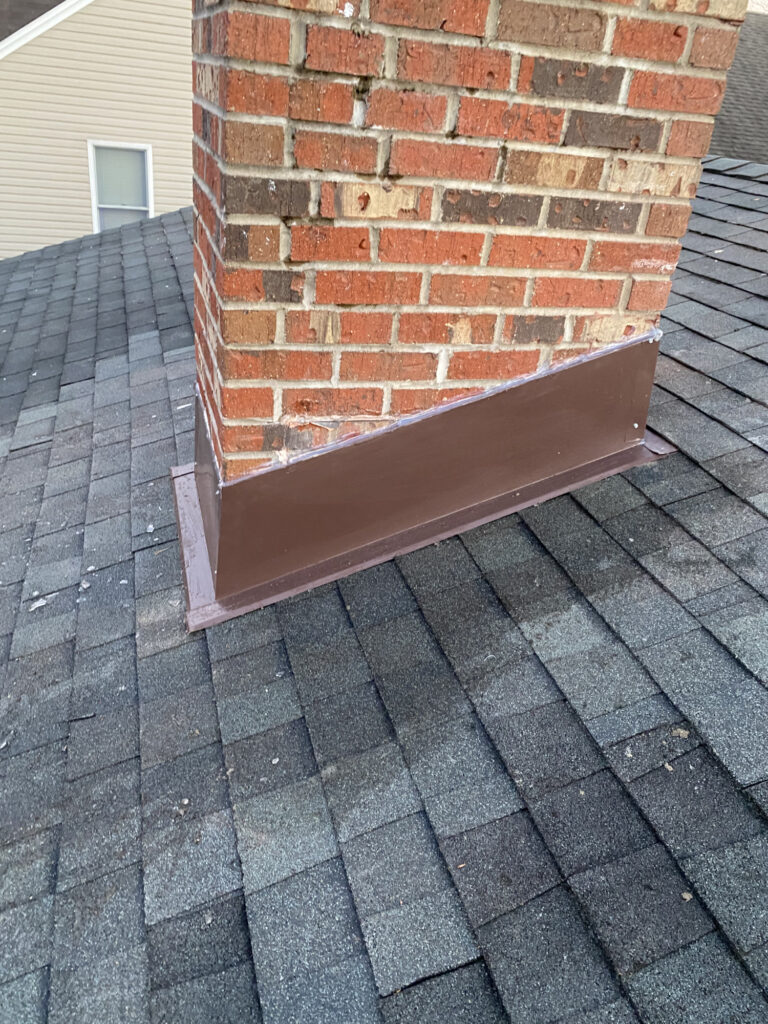Address
126 Maple Ave, Wallington, NJ 07057, USA
Work Hour
Open 24h




Chimney replacement involves removing an old or severely damaged chimney and installing a new one. This process is typically necessary when repairs are no longer sufficient to ensure the safety and functionality of the chimney due to structural issues, extensive wear, or after significant damage like that from a natural disaster. Chimney replacement starts with the careful demolition of the existing structure, followed by the installation of a new flue, lining, and other essential components. This ensures that the new chimney meets current safety standards and effectively vents smoke and combustion products out of the home. The replacement can also improve the home’s heating efficiency and reduce the risk of fire and carbon monoxide issues, contributing to a safer and more energy-efficient home environment.


The process of rebuilding a chimney is a comprehensive approach that addresses significant structural issues, ensuring the entire system is safe and functional. This process involves several crucial steps, from the initial assessment to the final testing and inspection. Here’s a detailed breakdown of the process, followed by a list of the main steps involved in chimney rebuilding:
Initial Assessment: A professional chimney technician conducts a thorough inspection to assess the condition of the chimney, identifying any structural damage, deterioration of materials, or safety concerns. This step determines whether a full rebuild is necessary.
Planning and Design: Based on the assessment, the technician plans the rebuild, selecting appropriate materials and designs that meet both the functional requirements and aesthetic preferences of the homeowner, as well as adhering to local building codes.
Permit Acquisition: Before the rebuild can begin, necessary permits must be secured from local authorities to ensure that the work complies with local regulations and safety standards.
Demolition of the Old Chimney: The existing chimney is carefully dismantled. This process must be done cautiously to avoid damage to the surrounding structure of the home.
Foundation and Structural Rebuild: The chimney rebuild starts from the foundation, if necessary, ensuring it is solid and stable. The masonry work is then carried out, layer by layer, using bricks, mortar, and other specified materials.
Installation of Flue Liner: A new flue liner is installed to protect the masonry from the corrosive byproducts of combustion and to ensure efficient venting of gases.
Installation of Additional Components: Components such as chimney caps, crowns, and dampers are installed. These elements are crucial for protecting the chimney from external elements and for regulating airflow.
Sealing and Waterproofing: The exterior of the chimney is sealed and waterproofed to prevent future water ingress, which can cause significant damage over time.
Final Inspection and Testing: Upon completion, the chimney is thoroughly inspected and tested to ensure it functions correctly and safely, meeting all regulatory requirements.
This systematic approach to chimney rebuilding ensures that each aspect of the chimney’s health is meticulously addressed, enhancing its longevity and operational safety. Regular maintenance following the rebuild is crucial for keeping the chimney in optimal condition and extending its lifespan.
